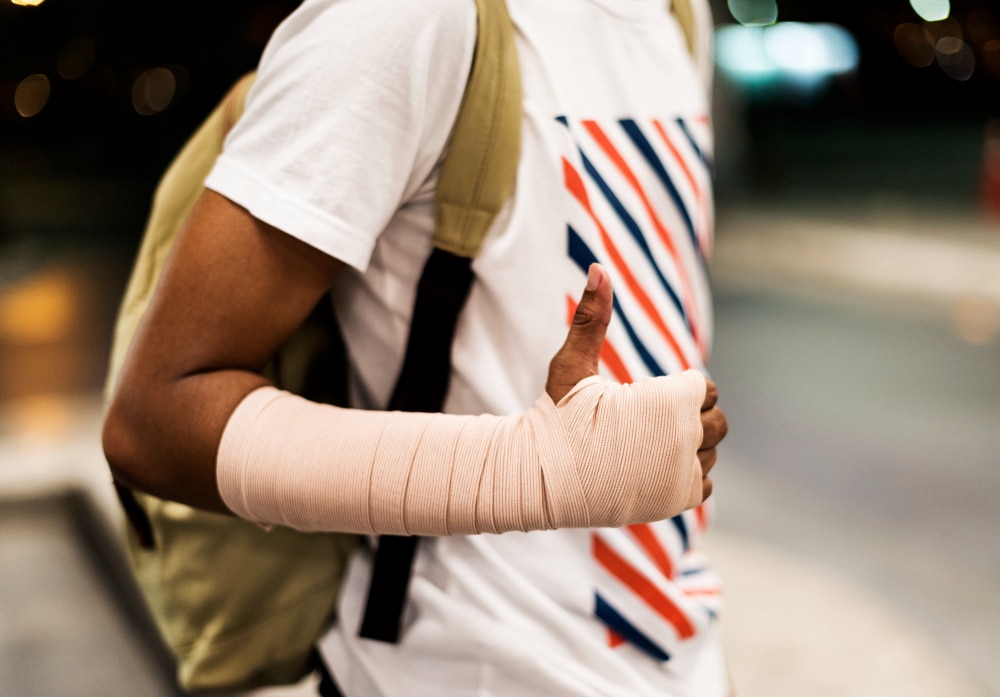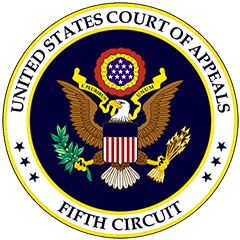Personal injury cases can be life-changing, especially for victims seeking justice and compensation. If you’ve been injured due to someone else’s actions, navigating the legal system may feel overwhelming—but understanding the foundation of a strong personal injury case can simplify the process.
At the heart of every successful claim lie three critical factors: Liability, Damage, and Collectability. Together, these elements help determine whether a case can reach a favorable resolution. This guide breaks each factor down and explains their roles in building a strong case, so you can better understand what it takes to pursue justice.
The Importance of Establishing Liability
The first step in any personal injury case is establishing who is at fault. Without proving liability, the rest of your case crumbles.
What Is Liability in Personal Injury Cases?
Liability is the legal responsibility for an accident or injury. To win a personal injury case, you must show that another party’s negligence caused your injuries. Negligence occurs when someone fails to act with the level of care that a reasonable person would exercise in the same situation.
Determining Fault
The process of determining fault varies depending on the type of case (e.g., car accident, slip-and-fall). However, the key is to demonstrate evidence of negligence. Common steps to establish fault include:
- Reviewing Incident Reports: Police reports, employer records, or incident logs can provide an official account of what happened.
- Identifying Negligent Acts: Evidence like running a red light or failing to mop up a spill can show that someone behaved irresponsibly.
- Analyzing the Circumstances: Legal professionals evaluate whether the liable party’s actions or lack thereof directly caused the incident.
Gathering Evidence to Support Your Claim
Here’s how to strengthen your case when it comes to proving liability:
- Photographs and Videos: Visual evidence of the scene or your injuries can substantiate your claims.
- Witness Statements: Eyewitness accounts provide third-party validation of your story.
- Documentation: Keep records of official reports or any communication with the opposing party.
Every step matters because proving liability forms the foundation of your claim.
Understanding the Extent of Damage
Once liability is established, the next vital component is assessing damage. Courts award compensation based on the type and severity of harm you’ve suffered.
Types of Damages in Personal Injury Cases
Damages typically fall under three categories:
- Economic Damages are financial losses directly resulting from the incident. Examples include:
-
-
- Medical bills (past and future)
- Lost income or reduced earning capacity
- Property damage
-
- Non-Economic Damages account for intangible losses such as:
- Punitive Damages, while rare, are monetary punishments for the defendant’s reckless or intentional misconduct.
The Role of Medical Records and Expert Testimonies
Strong medical documentation is essential to prove:
- The nature and severity of your injuries
- The connection between the injury and the incident
- The required treatment and future care
Additionally, expert witnesses, such as doctors or accident reconstruction specialists, can provide credibility to your claims. These professionals can validate the extent of harm and explain complex details in a way that resonates with judges or juries.
Remember, clearly quantifying damages makes it easier for the court to award fair compensation.
Evaluating Collectability
Even if liability and damages are proven, collectability determines whether you can recover what you’re owed.
Is the Defendant Financially Capable?
If the at-fault party doesn’t have the necessary resources or insurance, obtaining a payout can be challenging. For example:
- An uninsured individual may lack the assets to pay a large settlement.
- Small businesses with limited resources may result in minimal recovery.
Insurance Coverage and Policy Limits
Most personal injury recoveries come from insurance payouts. However, insurers often have policy limits—fixed amounts they’ll pay based on the policy’s terms.
Here’s why understanding insurance coverage matters:
- A negligent driver with $25,000 in liability coverage may not be able to fully compensate a victim with $100,000 in medical expenses.
- Umbrella policies, when applicable, offer additional coverage beyond standard liability policies.
The Impact of Collectability
Evaluating collectability ensures you don’t spend time pursuing compensation from an entity unable to pay. An experienced attorney will help analyze this aspect early, saving you time and effort while steering you toward practical solutions.
Case Studies Demonstrating Success
Breaking these factors down further, here are a few success stories that highlight why Liability, Damage, and Collectability are so crucial:
Case 1: Liability Confirmed With Eyewitnesses
Scenario: A pedestrian was hit in a crosswalk by a distracted driver.
Resolution: Witness statements and traffic camera footage confirmed the driver was texting. The court ruled in favor of the victim, awarding damages promptly.
Case 2: The Role of Medical Records in Proving Severe Damages
Scenario: A construction worker suffered a back injury due to unsafe worksite conditions.
Resolution: An expert medical witness provided detailed testimony about the long-term impact of the injury, leading to significant compensation.
Case 3: Insurance Coverage and Collectability
Scenario: A cyclist was struck by a delivery truck, resulting in $50,000 in medical bills.
Resolution: The trucking company’s comprehensive insurance policy covered the damages, ensuring the cyclist received the full compensation.
Each case underscores the importance of addressing all three factors—liability, damage, and collectability—to secure successful outcomes.
Tips for Building a Strong Case
Here’s how you can actively strengthen your personal injury claim:
- Seek Medical Attention Immediately: Documenting your injury early establishes a connection to the accident.
- Preserve Evidence: Take photos, gather witness contact information, and keep a journal with details.
- Avoid Oversharing: Be cautious about discussing your case on social media or with opposing parties, as statements can be used against you.
- Contact an Experienced Attorney: A skilled lawyer will evaluate your case and negotiate with insurers or opposing parties to ensure fair compensation.
Taking proactive steps sets you on the path to success.
Seeking Justice Starts With Knowledge
Navigating a personal injury case can feel daunting, but focusing on liability, damage, and collectability can simplify the process and increase your chances of recovery. By understanding these elements, you’re better equipped to make informed decisions about your legal options.
If you’ve been injured and need guidance, seeking expert legal advice can make all the difference. Our experienced legal team specializes in personal injury cases and will work tirelessly to secure the compensation you deserve.





























